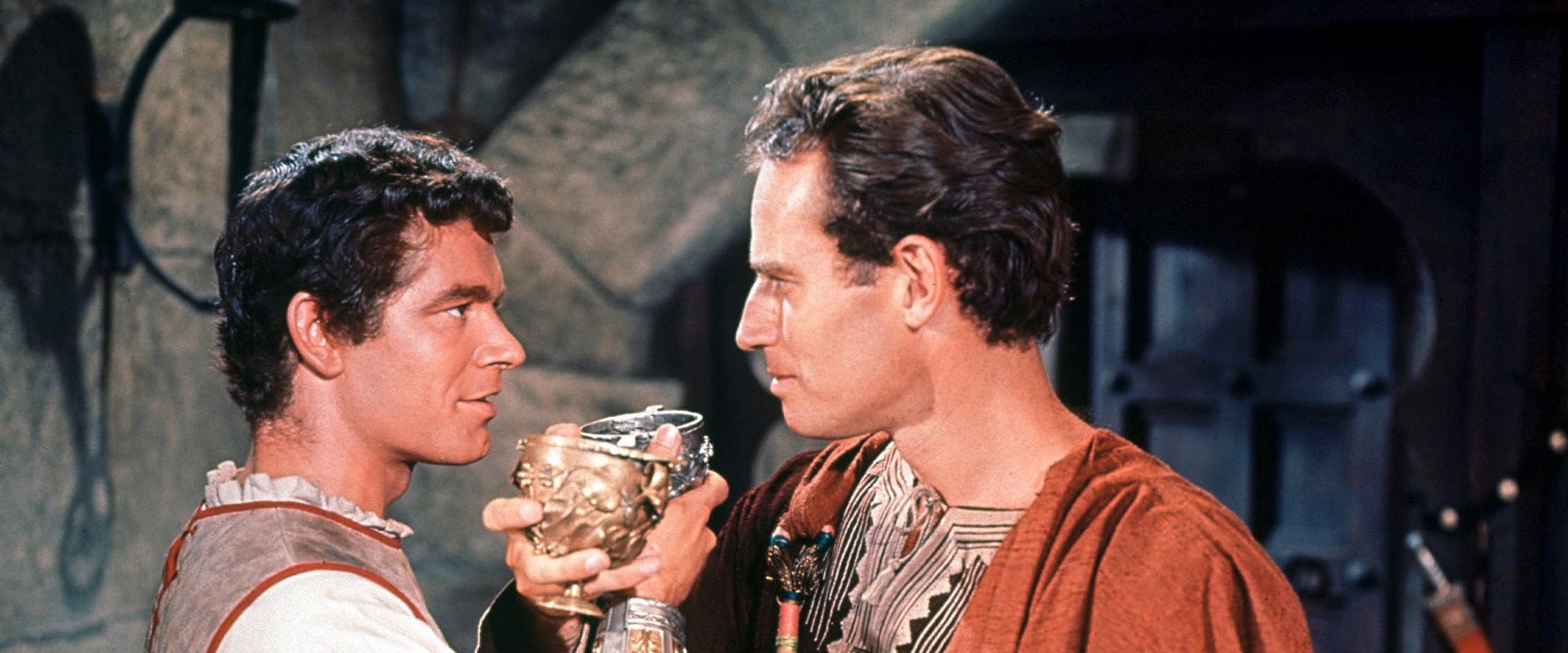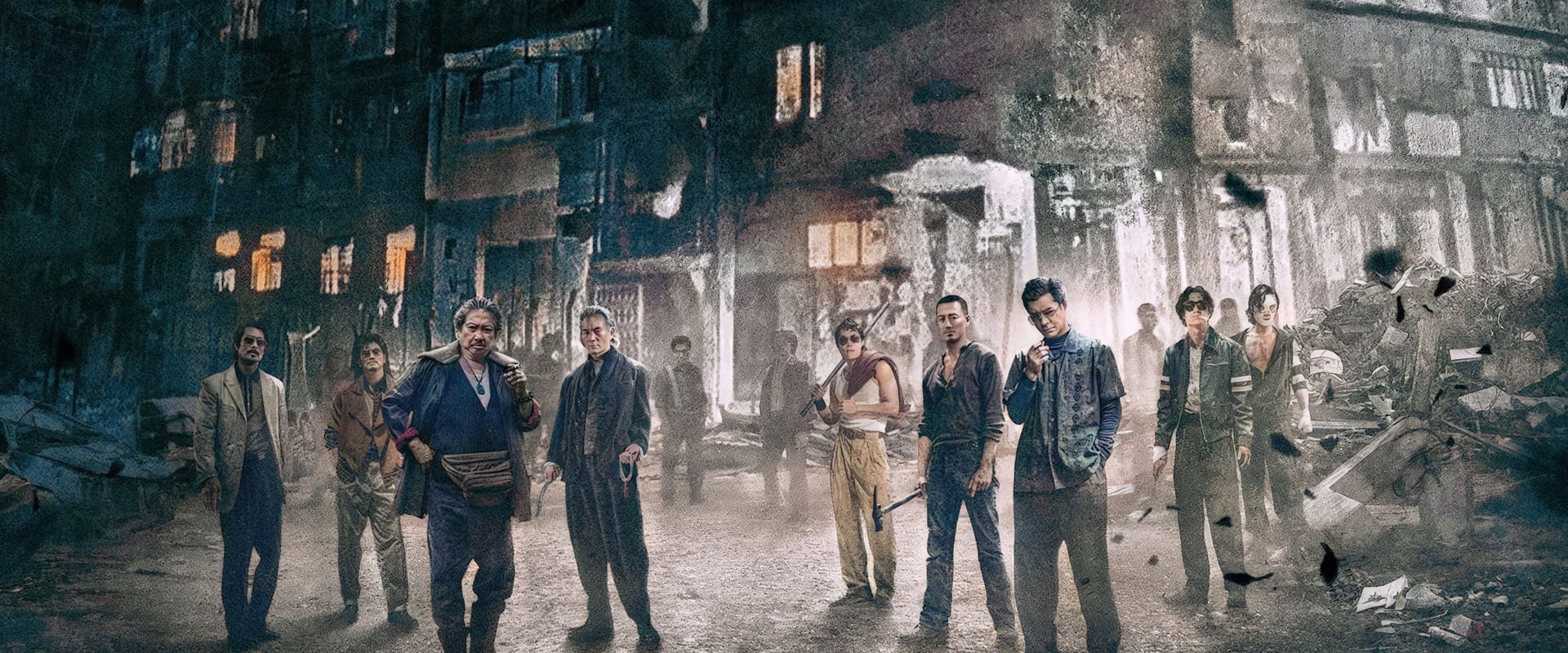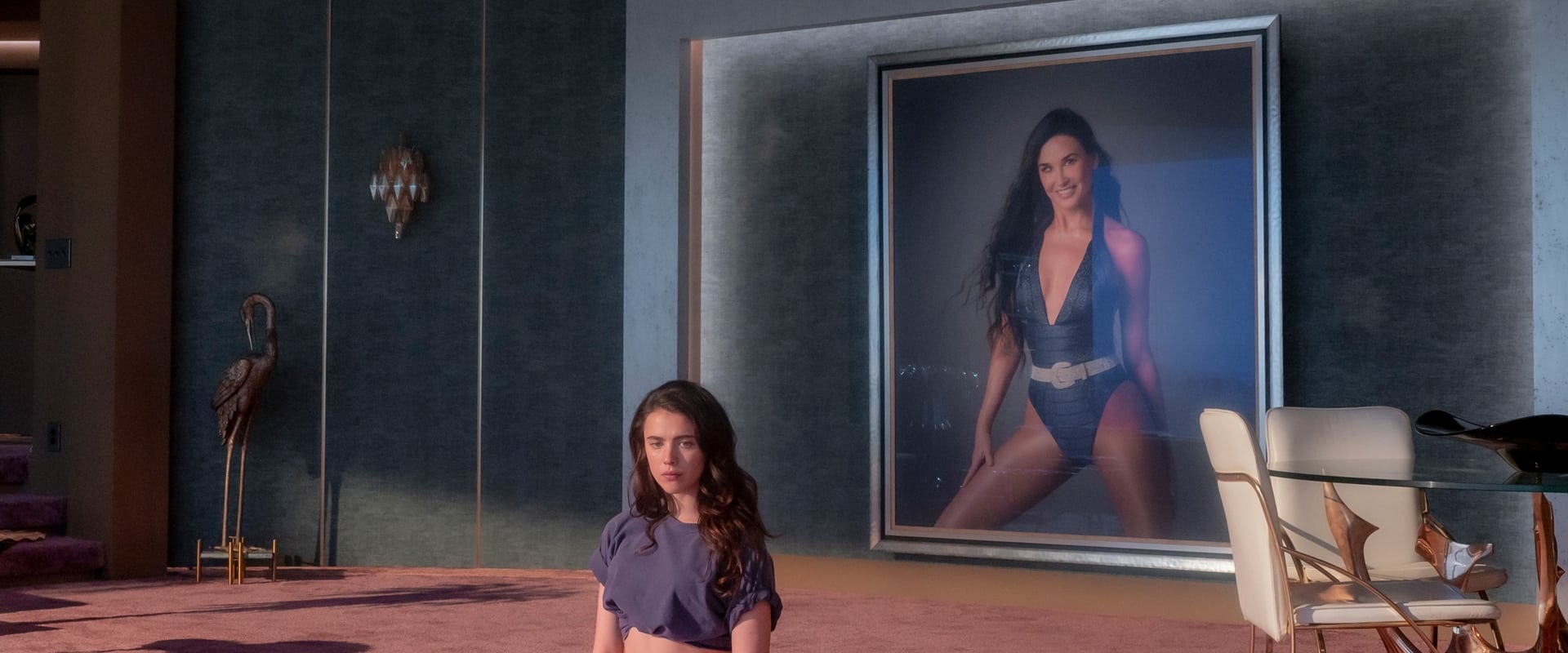“Ben-Hur,” that juggernaut rumbling out of 1959 and directed by William Wyler with an Old Testament sense of gravity, is the one Hollywood epic that manages, at least for a good three hours, to make its own size feel like destiny rather than bloat. Adapted from Lew Wallace’s biblically bulging novel, this is the cinematic equivalent of a Sistine ceiling—ambitious to the point of hubris, but so luminously confident in its storytelling and technical wizardry that by the time the chariots thunder, you’re ready to forgive it the occasional hymn to corniness.
Charlton Heston’s Judah Ben-Hur isn’t just an Old Hollywood hero—he’s the sand-dusted face of American masculinity in pain, defiance, and ultimately, contrition. We’re asked to believe in a world where men blink their Technicolor eyes at ancient betrayals, and, miraculously, we do. Wyler makes you wade for what feels like an hour through the golden haze of bromance between Ben-Hur and Messala (Stephen Boyd), and every narrative beat lands like a mallet: the swelling hope, the devastation, the slow collapse as friendship turns into a private war. In the 1959 film, the friendship is not just a plot device—it’s the emotional undertow, and it matters because the director gives it time to matter. The betrayal stings, the losses gnaw, the march to vengeance is earned.
The real thrill of Ben-Hur comes from this calculated pacing—a deliberate build that feels positively heretical next to the ADD-editing carnivals of modern epics. Wyler moves with a leisurely confidence; he wants the rhythms to seduce you, to pull you into the desert’s heat, the architecture’s mass and weight, the whisper of Roman malice pressing down on Jewish revolt. The 2016 remake, for all its chromed armor and digital pyrotechnics, seems afraid to ask us to look, to feel. Its version is all adrenaline and zero ache: spectacle without marrow.
Heston—sunburned and granite-chinned—smolders through agony with the dignity of a man who suspects he’s standing at the center of some celluloid scripture. He’s monumental, yes, but never hollow. The real miracle is not in his vengeance but in his transformation, his wrestling with the idea that, perhaps, mercy is more radical than retribution. Ben-Hur’s journey isn’t about bloodlust; it’s about gathering the shreds of his soul after the world has chewed through it.
And what a gallery Wyler assembles around him: Hugh Griffith’s Sheik Ilderim is a shambling delight, sweat and mischief and improbable wisdom. These supporting players aren’t just decorations—they’re the dust and breath that make Ben-Hur’s journey plausible, sometimes even poignant.
All roads—let’s be honest—lead to that chariot race: the most delirious, madcap, breakneck twenty minutes ever carved out with splinters, sweat, and stubborn, unyielding film stock. In 1959, it’s all leather, sand, and genuine peril; you feel the wheel ruts in your chest. There’s not a pixel in sight: just men, horses, and a moment that feels like it could spiral into disaster at any instant. The race isn’t just the muscle of the film, it’s the heart—the pure, thudding proof that cinema can still be dangerous and beautiful with nothing to hide behind but its own audacity.
Compare that to 2016’s synthetic sprawl. The new chariot race is a triumph of software engineering and marketing committee nerve. The danger is digitized, and (as with so many contemporary spectacles) it’s just not the same when you know no one got so much as a sand rash.
The genius of Wyler’s Ben-Hur is how the spectacle serves the soul. Behind every swell in the orchestra, every gleaming set, every dusty extra, there are seismic questions: What does it mean to forgive those who’ve tried to destroy you? How does one rise again after the self and the city have both been broken? The film’s spiritual ache is genuine—the appearance of Christ is done in the wisest possible way, all implication and hush, no thunderbolts—so that redemption feels like something vast and clean, instead of a choreographed exit cue.
The 2016 Ben-Hur, for all its sermons and starbursts, tries to resurrect this gravitas, but ends up waterlogged with cliché and stranded in the unfamiliar territory of modern bathos.
What we’re left with, then, is a study in cinematic faith. The 1959 Ben-Hur isn’t perfect—as with all great Hollywood epics, you can spot the seams, the discolored moralizing, and the whiff of an industry nervously flexing its budget. But it believes in what it’s doing. It’s willing to linger, to soak its characters in grief and glory, and to wager that the human scale will still count—chariot wheels or not.
If you want to be present at the intersection of Old Hollywood bombast and the deepest currents of movie mythmaking—if you want to feel what it is to be swept off your feet, pulled through the mud, and set down in the moment where vengeance makes way for grace—you want Wyler’s Ben-Hur. The remake? It’ll give you 3D dust, but not a single splinter of transcendence. Some stories have to be carved in stone, not pixels.


